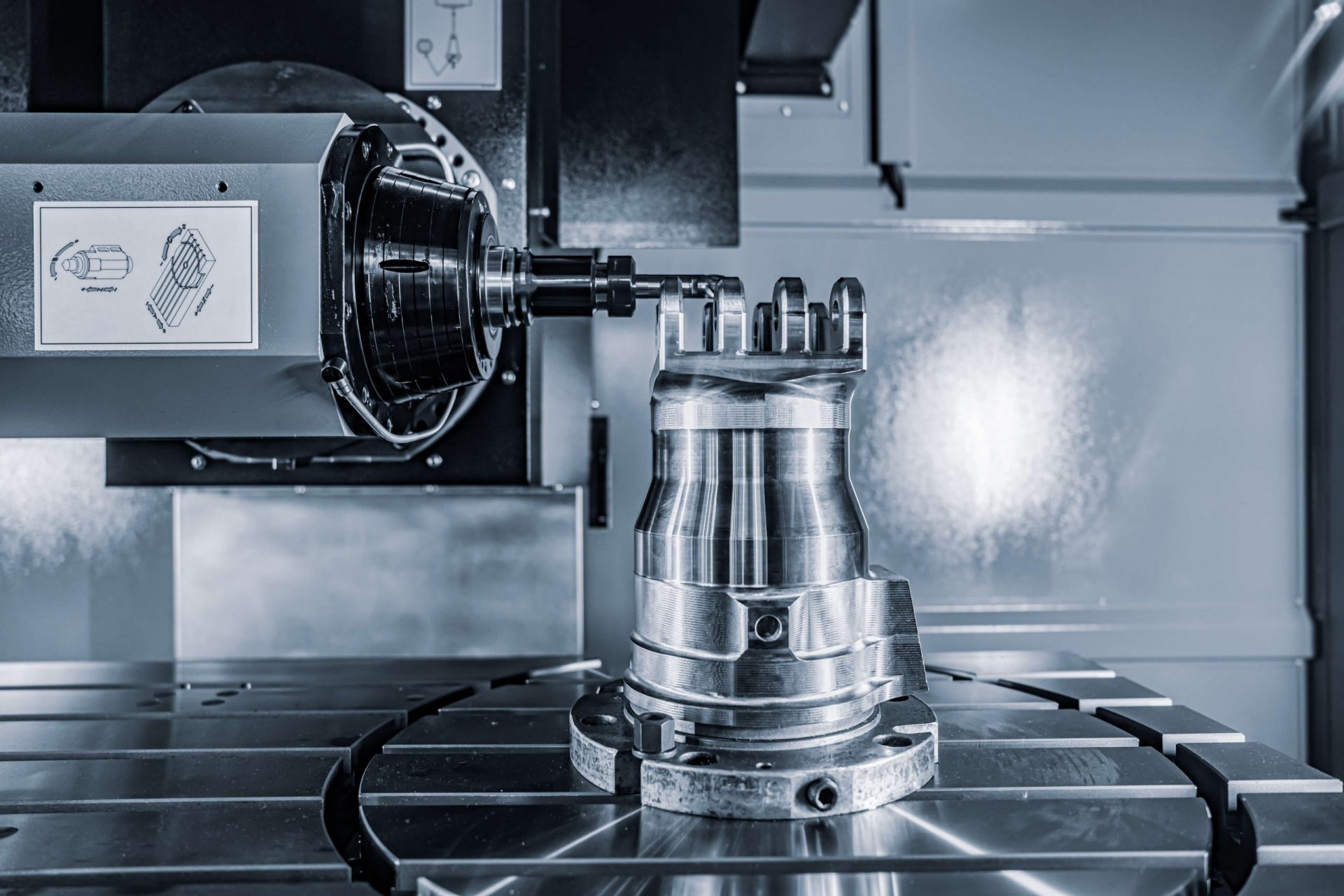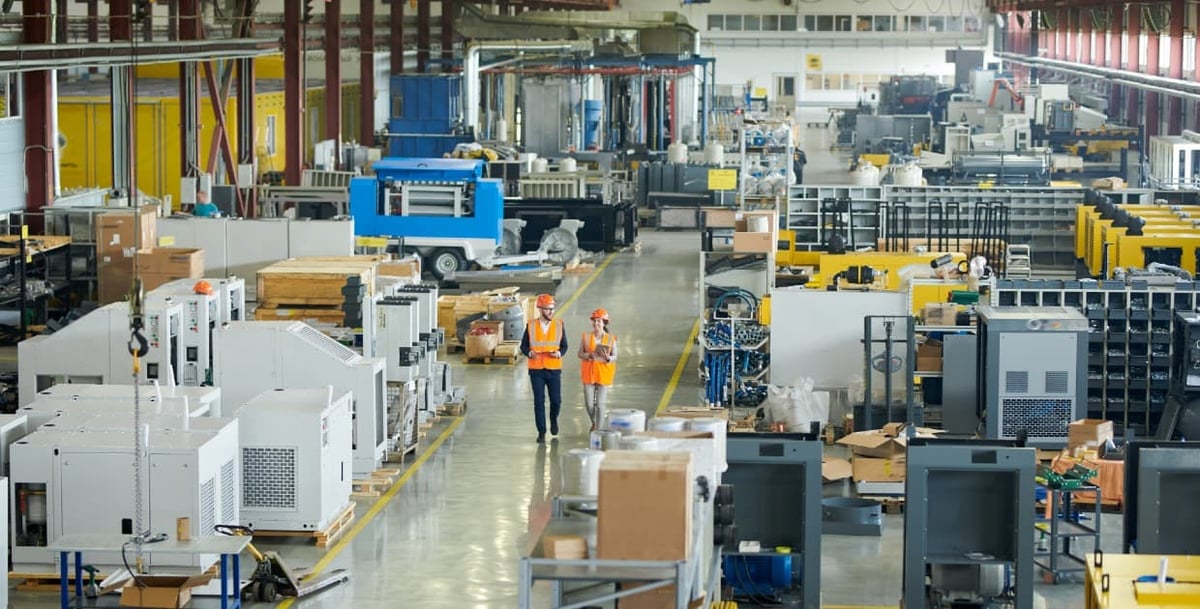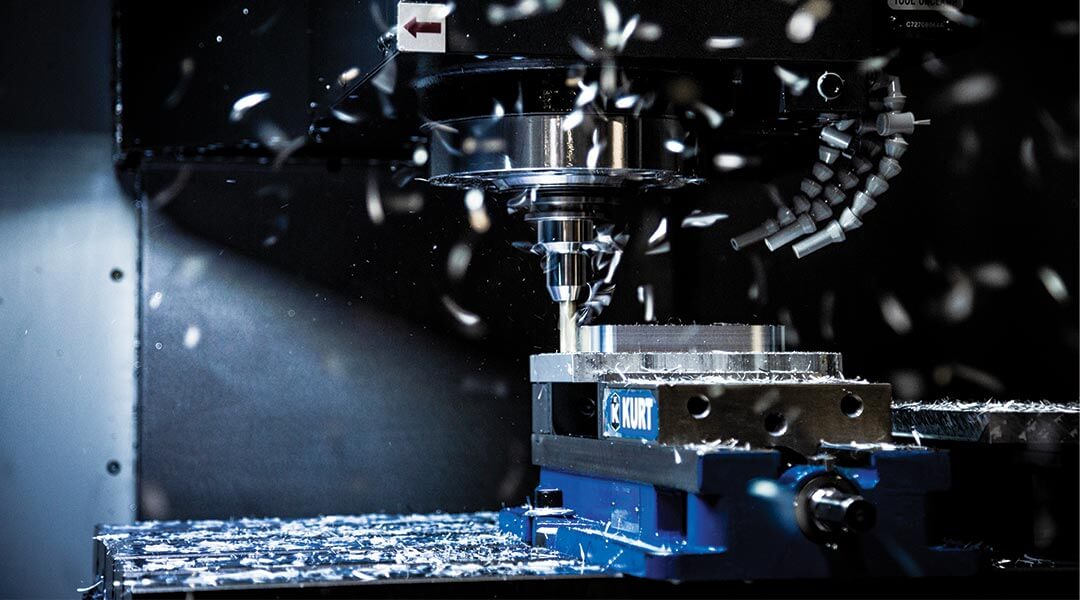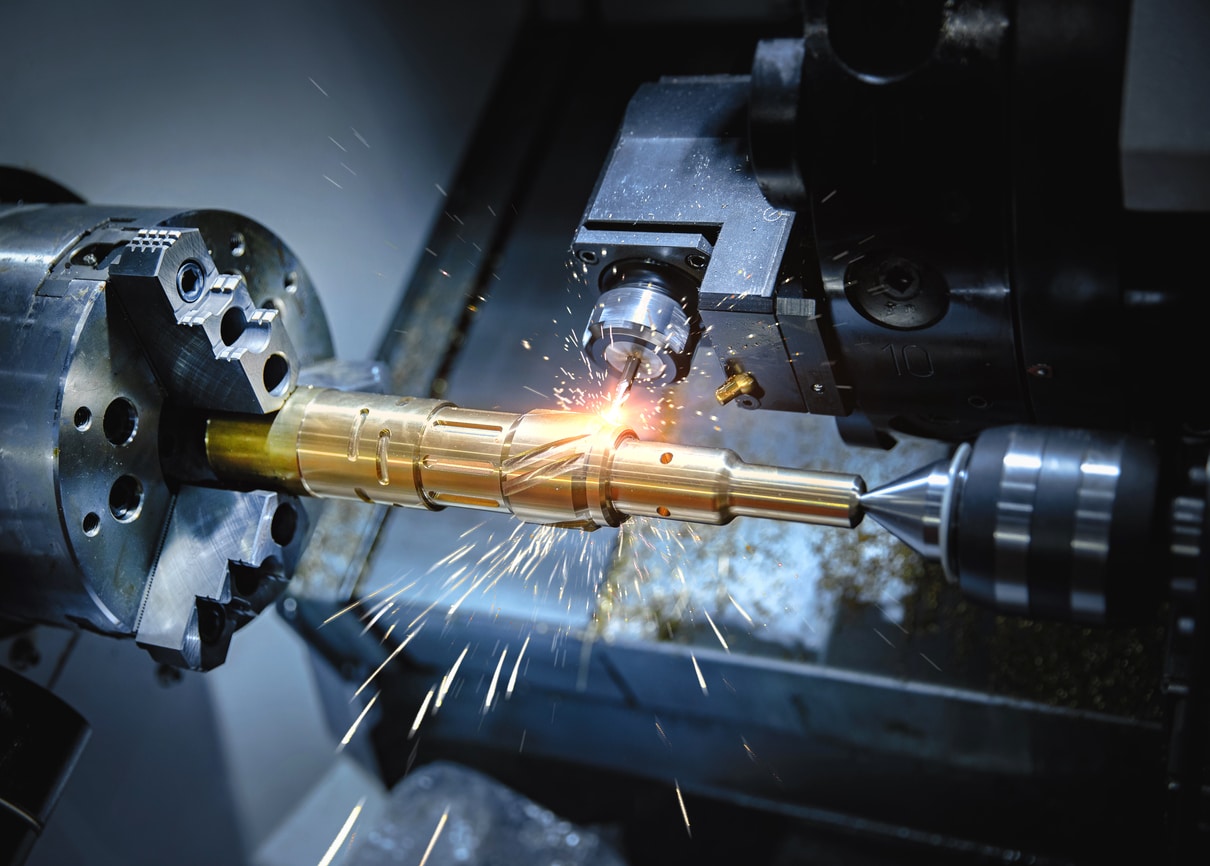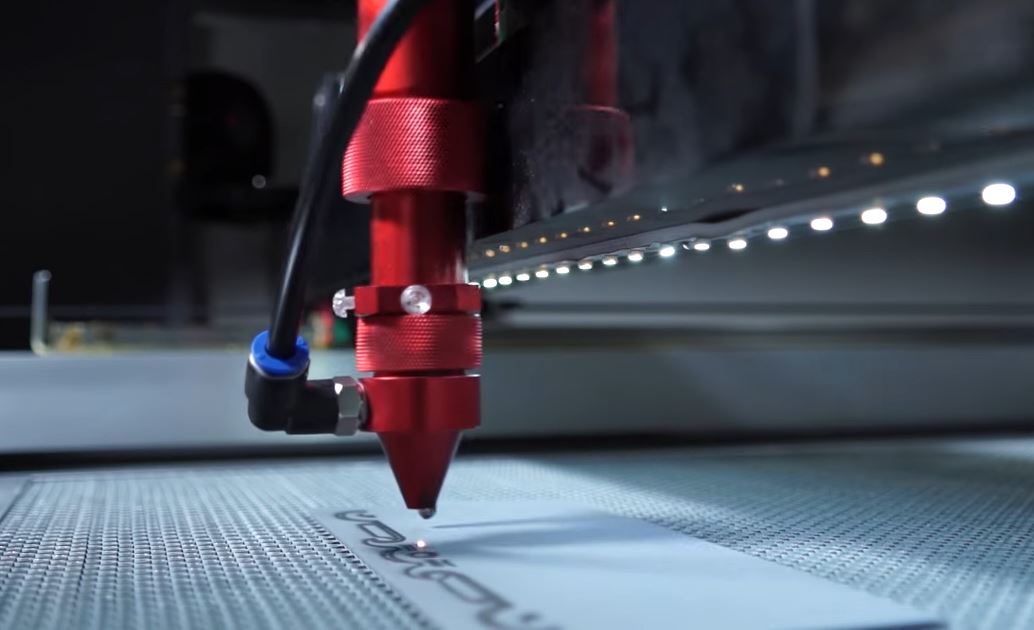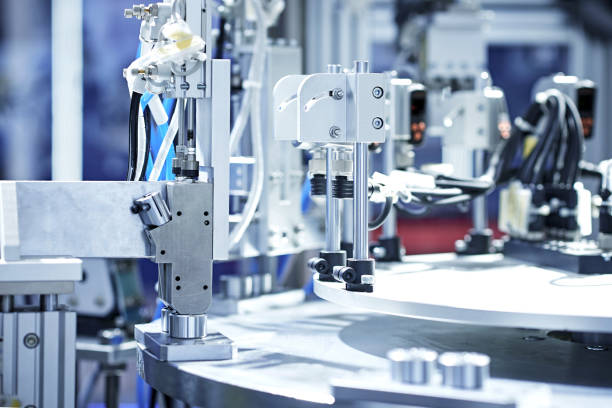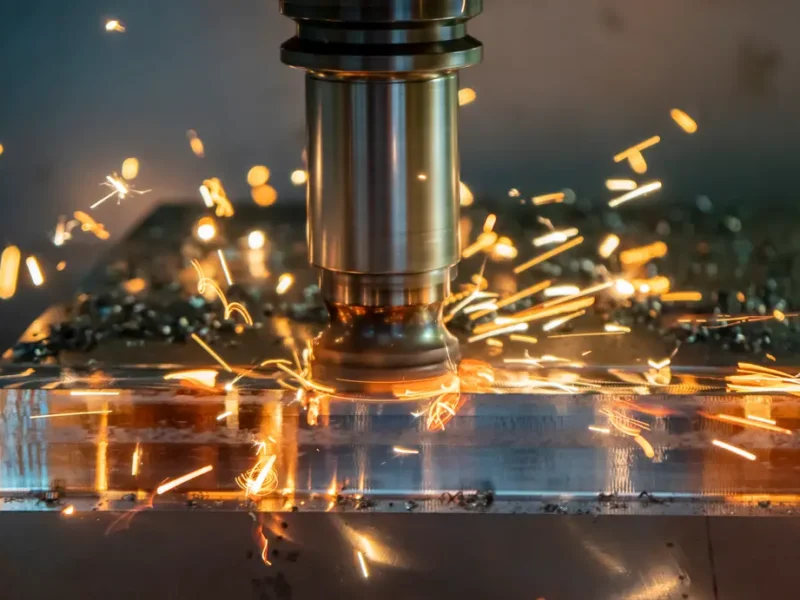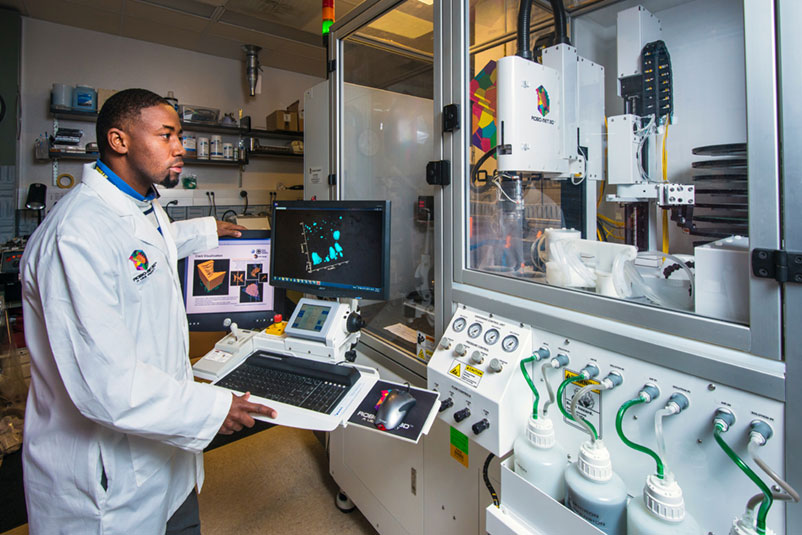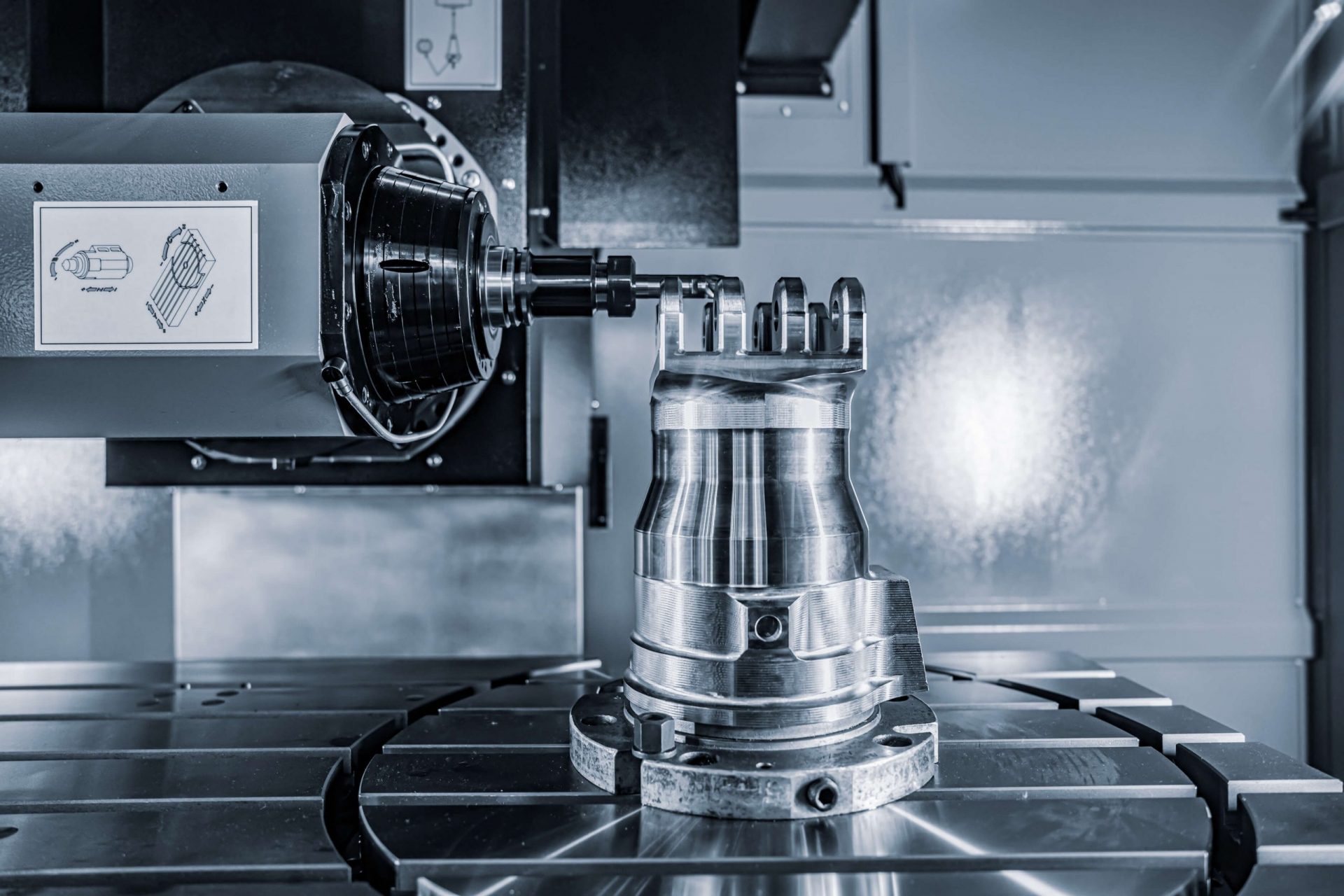CNC machining, a process utilizing computer-controlled machinery, is widely employed for cutting, shaping, and forming parts, serving various applications like 3D printing, mold making, and prototyping.
Understanding the capabilities of achieving different surface finishes is crucial for producing accurate CNC machine parts. Three primary types of surface finishes achievable with CNC machines are:
- Raised (aka “positive”)
- Flat or low relief (aka “negative”)
- Rough machined
Optimizing CNC Machining Surface Finish: Strategies for Success
- Select the Right Material and Design: Choosing an appropriate material significantly impacts surface finish. Materials like aluminum, with a high coefficient of friction, can pose challenges, while steel or plastic may offer smoother surfaces. Align material choice with design considerations for optimal results.
- Utilize Custom Finishes: Employing custom finishes, typically executed with a diamond abrasive wheel, can yield exceptionally smooth and shiny surfaces. This approach is ideal for applications demanding high-quality and durable components.
- Consider Your Application: Tailor the surface finish to the intended application. Industrial environments may necessitate more robust finishes compared to office settings. Understanding the application’s requirements ensures the right surface finish is achieved without unnecessary expenses.
- Choose the Right Cutting Tools: Ensure sharp and appropriately sized cutting tools for smooth finishes. Tool condition plays a crucial role, striking a balance between worn-out tools leading to poor-quality parts and overly sharp tools causing chipping.
- Explore Bead Blasting: Bead blasting, utilizing aluminum oxide particles propelled by compressed air, can remove material and contribute to a smooth surface finish. This technique creates friction between the abrasive particles and the workpiece, leading to material removal.
- Consider Ceramic Coating: Ceramic coating, a chemical process depositing a ceramic layer onto metal surfaces, serves to protect against corrosion and wear. Widely used in automotive and medical industries, ceramic coatings reduce friction and prevent galling between moving parts.
- Opt for Lower Spindle RPMs: Lower spindle RPMs can reduce chatter and vibration, contributing to a more consistent tool life and improved surface finish. However, this approach may extend the machining process due to fewer cuts per minute.
In Conclusion
Achieving optimal surface finishes in CNC machining involves a thoughtful selection of materials, designs, and finishing techniques. Whether opting for custom finishes, bead blasting, ceramic coatings, or other methods, aligning these strategies with the intended application ensures the production of high-quality CNC machined parts.

